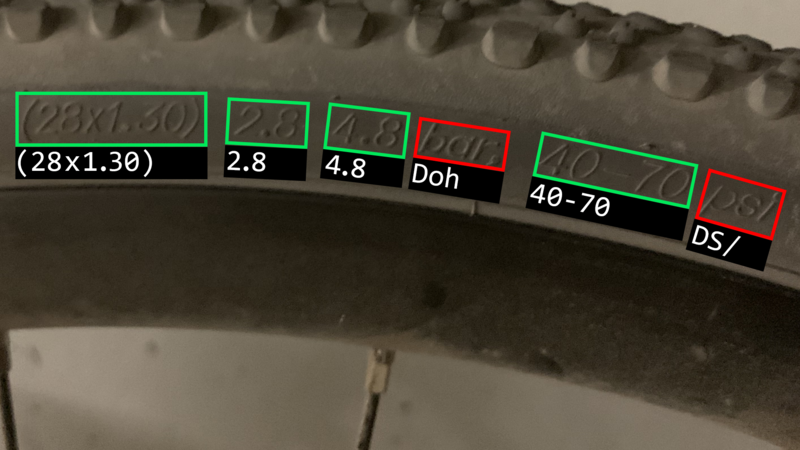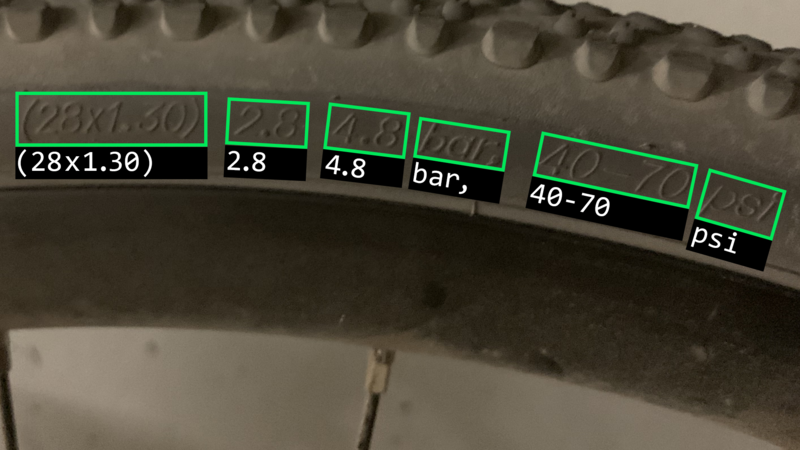
HALCON Steady
HALCON 22.11 comes with many new and improved features that help you further enhance your machine vision performance. It is available for both the Steady and Progress editions. As a result, in addition to these newest features, HALCON Steady customers now access the numerous new features available in the last Progress releases since HALCON 20.11.
3D Gripping Point Detection
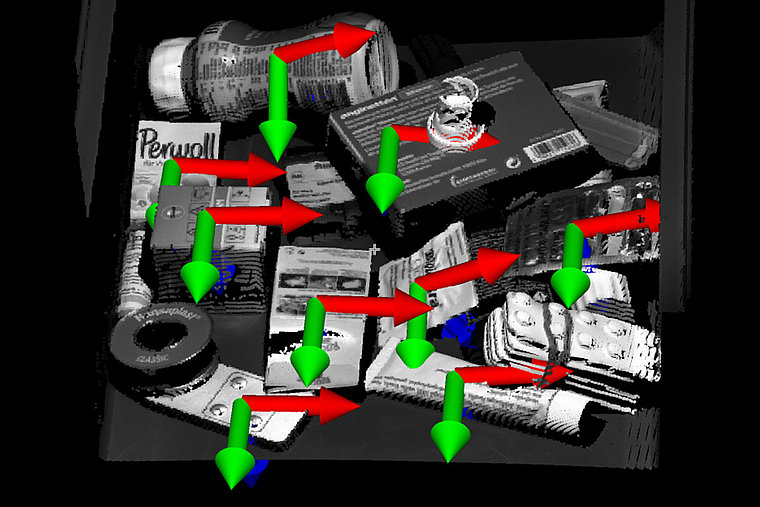
HALCON 22.11 combines 3D vision and deep learning for the first time. The 3D Gripping Point Detection can be used to robustly detect surfaces on any object that is suitable for gripping with suction. In contrast to classic bin-picking applications, the 3D Gripping Point Detection is a CAD-less approach, hence no prior knowledge of the respective objects is required. This increased flexibility opens up completely new application fields, such as those in the logistics industry or warehouses.
New data type “Memory Block”
As of HALCON 22.11, users can store and transfer binary data (e.g., images) in HALCON as well as further process it with other applications. This increases the software’s compatibility with machine communication protocols, such as OPC UA or image acquisition interfaces.
Protection of Trained Deep Learning Models
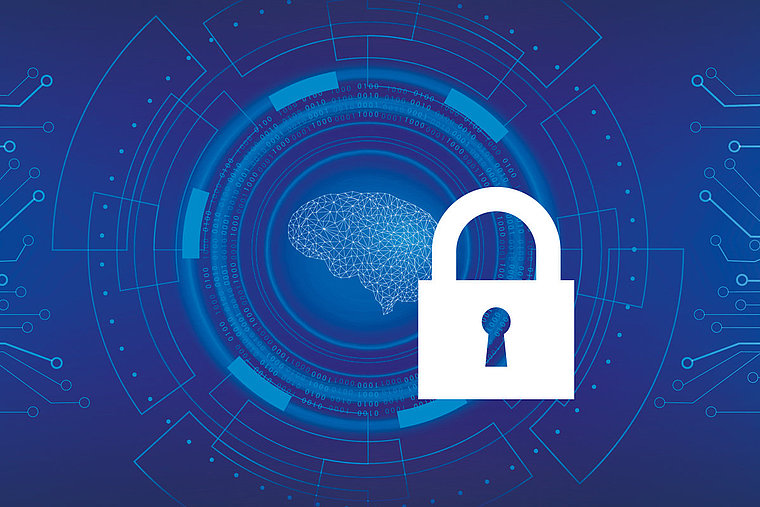
For machine vision applications, the protection of intellectual property is getting more and more important. This is particularly relevant in the field of deep learning. The special aspect regarding this technology is that compared to traditional methods, the quality depends not only on the algorithm itself but also significantly on the quality of the training data. A large part of the effort of deep learning applications is in collecting the data and training the models. Therefore, HALCON 22.11 includes a new encryption mechanism for HALCON data types. One major use case is the encryption of deep learning models. This allows customers to protect their investment and know-how. Thanks to this, it is ensured that only authorized users can use and view their deep learning model.
Better Traceability of Deep Learning Decisions
A heatmap gives an indication of which areas of an image were decisive for the result of the deep learning model's classification. This can shed more light into the black box of deep learning, thereby increasing the traceability of corresponding processes. Guided Grad-CAM is a new method that now provides even more precise clues as to which regions of the image are relevant for the decision made by the deep learning network. For example, misclassifications can be investigated more precisely in a post-processing step.
NETWORK LICENSES
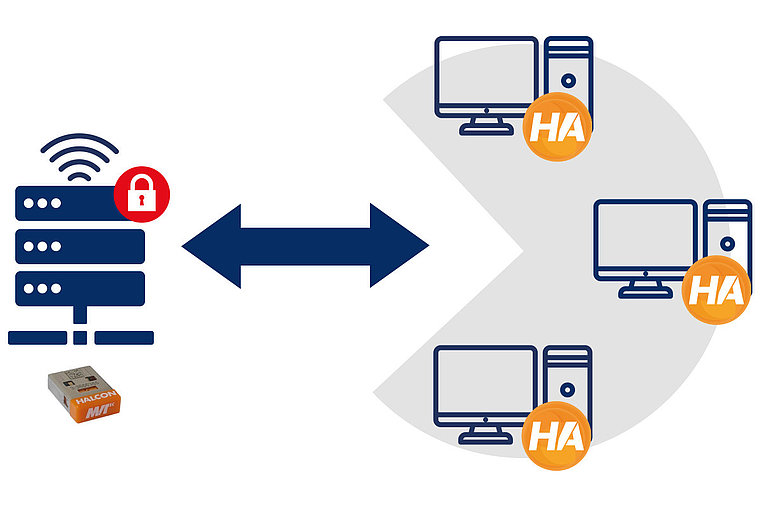
With HALCON 22.11, MVTec expands the licensing possibilities by adding the option to license HALCON via a network. A license server allows the use of floating licenses. Here, developers share a predefined number of licenses using a network connection. Customers benefit from cost savings due to multi-usage and greater flexibility in user allocation, developers enjoy greater independence and flexibility regarding their work location.
Especially for distributed or remotely working development teams, this is the perfect way to effectively make use of HALCON’s powerful machine vision algorithms. Besides this, the new mechanism enables users to work in virtualized environments without permanent physical host ID.
Notable Quality-of-Life Improvements and Speed-Ups
With HALCON 22.05 various improvements are released. One example is a new operator that performs adaptive histogram equalization to improve contrast locally in an image. This helps to extract significantly more information from images with low contrast especially in case of inhomogeneous gray value gradient. Besides the HALCON library has been extended by a new operator which allows image smoothing with arbitrarily shaped regions. Furthermore, another new operator allows to transform 3D points using a rigid 3D transformation that is specified as a dual quaternion. And finally, HDevelop’s Matching Assistant now generates the code based on Generic Shape Matching.
Global Context Anomaly Detection
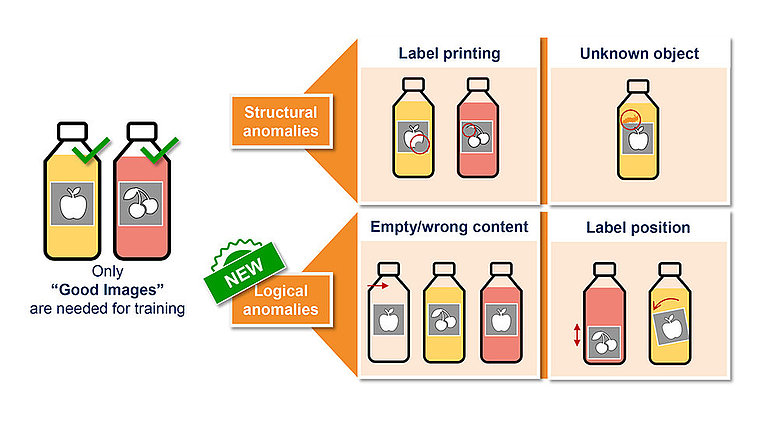
HALCON 22.11 opens up completely new application possibilities with the detection of logical anomalies in images. This is the further development of the deep learning technology anomaly detection. Until now, it was possible to detect local, structural anomalies. The new “Global Context Anomaly Detection” is a one-of-a-kind technology, which is able to "understand" the logical content of the entire image. Just like HALCON`s existing anomaly detection the new “Global Context Anomaly Detection” only requires "good images" for training eliminating the need of data labeling.
This technology makes it possible to detect entirely new variants of anomalies. For example, missing, deformed or incorrectly arranged components. It opens completely new possibilities: For example, the inspection of printed circuit boards in the semiconductor production or the inspection of imprints.
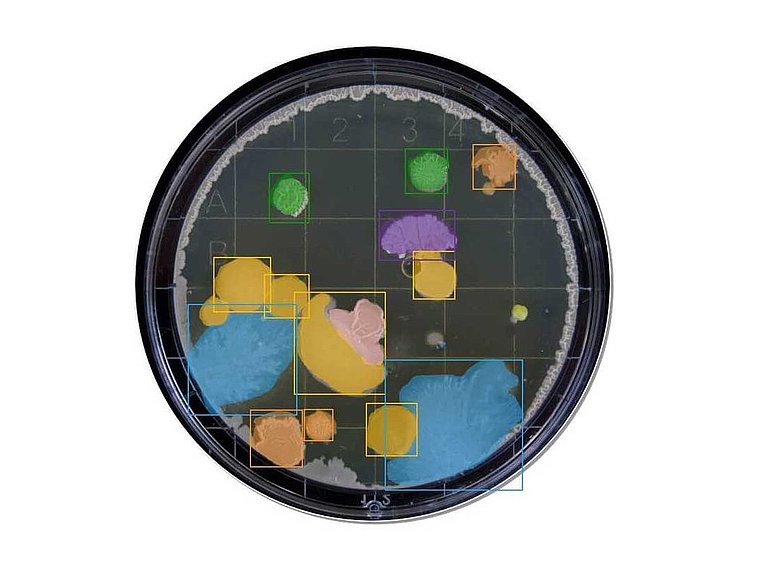
Deep Learning Instance Segmentation
With HALCON 22.11 MVTec extends the functional scope of its deep learning features with a new technology called “instance segmentation”. This combines the advantages of semantic segmentation and object detection. With the help of instance segmentation, objects can be assigned to different classes with pixel accuracy. This technology is particularly useful in applications where objects are very close to each other, touch or overlap. Typical use cases also include grabbing randomly arranged objects from boxes (bin picking) as well as identifying and measuring naturally grown structures.
HALCON Deep Learning Framework
HALCON 22.11 introduces a first version of the HALCON Deep Learning Framework. This framework allows experienced users to create their own models within HALCON. With this feature, experts can now realize even the most demanding and highly complex applications in HALCON without having to rely on pretrained networks or third-party frameworks.
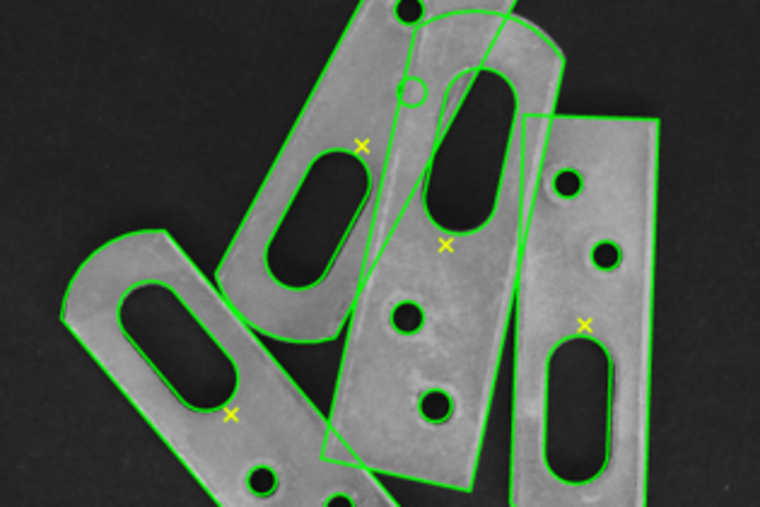
Generic Shape Matching
HALCON 22.11 introduces Generic Shape Matching, which makes MVTec's industry-proven shape matching technologies even more user-friendly and future proof. By significantly reducing the number of required operators, users can now implement their solution much faster and a lot easier. Moreover, thanks to the unification of HALCON’s different shape matching methods into a single set of operators, users can now integrate new shape-matching-related features more smoothly.
Deep OCR Training
HALCON's Deep OCR enables users to efficiently solve text reading applications in a multitude of use cases. With HALCON 22.11, this technology is extended by training functionality, enabling application specific training on the user's own application dataset. This allows you to solve even most complex applications like reading text with bad contrast (e.g., on tires). Another advantage is that very rarely used special characters or printing styles can also be trained. Training for Deep OCR significantly improves the performance and usability and makes applications run even more robust.
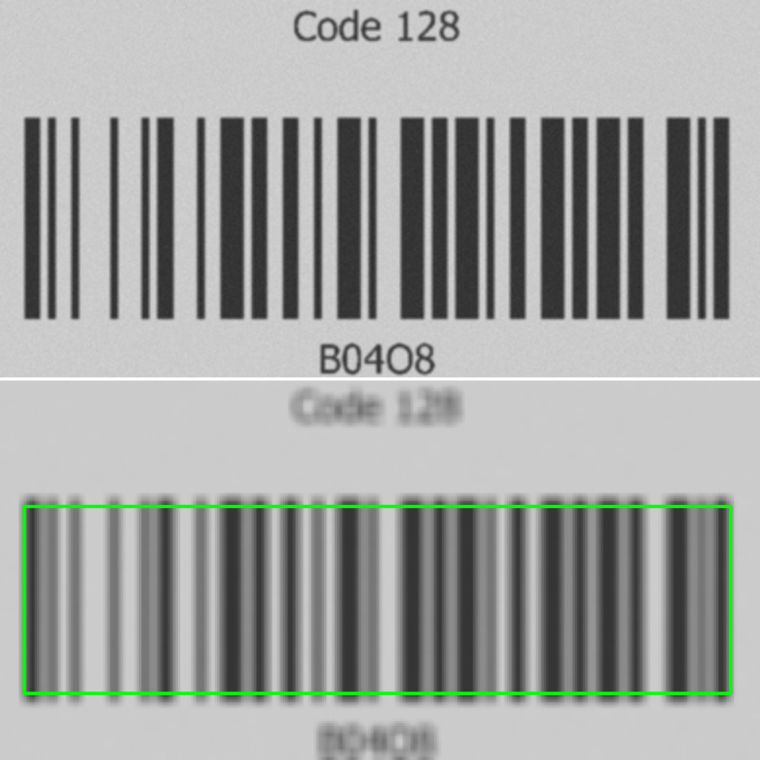
Improved Bar Code Reader for Code 128
With HALCON 22.11, HALCON’s bar code reader is improved in terms of robustness in case of blurred Code 128/GS1-128 codes. Now, codes with a larger amount of blur can be read. Blur on such codes can occur due to motion or due to limitations in depth of focus. The Code 128/GS1-128 is a widely used bar code type that is frequently used in logistics due to its compact size and high data density.
Improved Print Quality Inspection for Data Matrix ECC 200 Codes
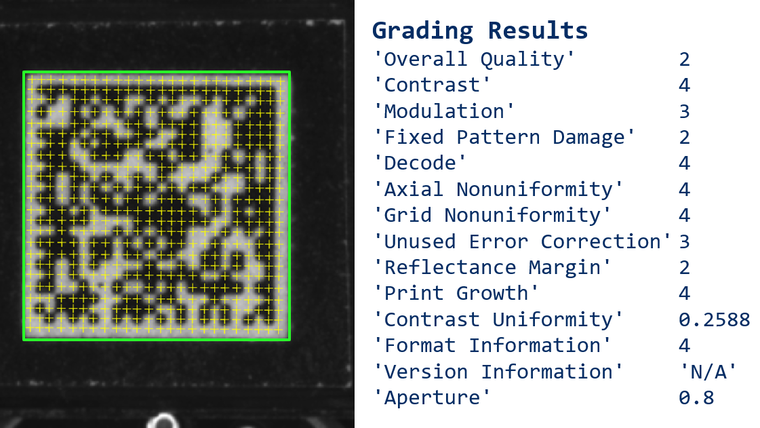
Print Quality Inspection (PQI) refers to the evaluation and grading of certain aspects of printed bar and data codes according to international standards. For example, it indicates how reliable a code can be read by various code readers or how stable the print quality is in a manufacturing process. HALCON supports various standards for grading the print quality of 1D and 2D codes. With HALCON 22.11, the PQI of data codes has been further improved. It is now up to 150% faster. In addition, the module grid determination for print quality inspection of Data Matrix ECC 200 has been improved. Last but not least, the usability of the PQI of data codes has been improved by introducing a new procedure that provides the grades.
Improved Dictionary Handling
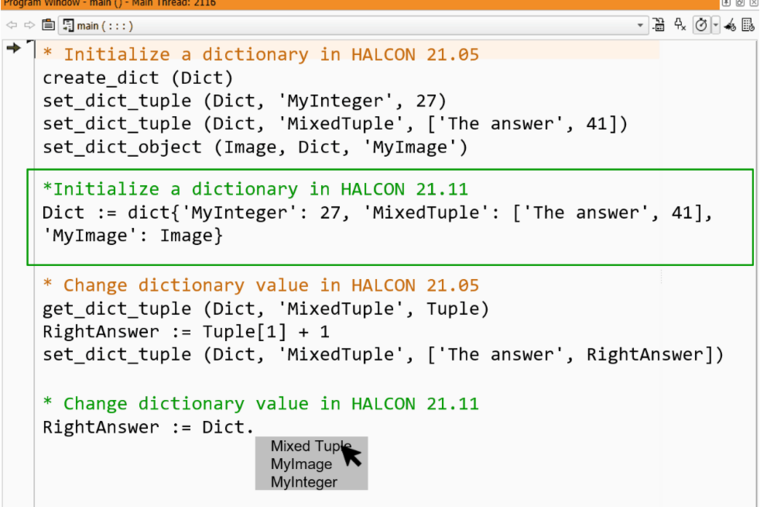
Dictionaries make it easy and convenient to manage complex data in HALCON. For example, different data types such as images, ROIs and parameter settings can be bundled in a single dictionary. This allows programs to be structured in a logical way, for example when passing many parameters to a procedure.
HALCON 22.11 includes several improvements that make the handling of dictionaries even easier and faster. For example, dictionaries can now be initialized with a single operator call, and the syntax for adding and retrieving elements has been simplified. In addition, the auto-completion now also suggests the keys contained in the dictionary, which further speeds up and simplifies working with dictionaries.

